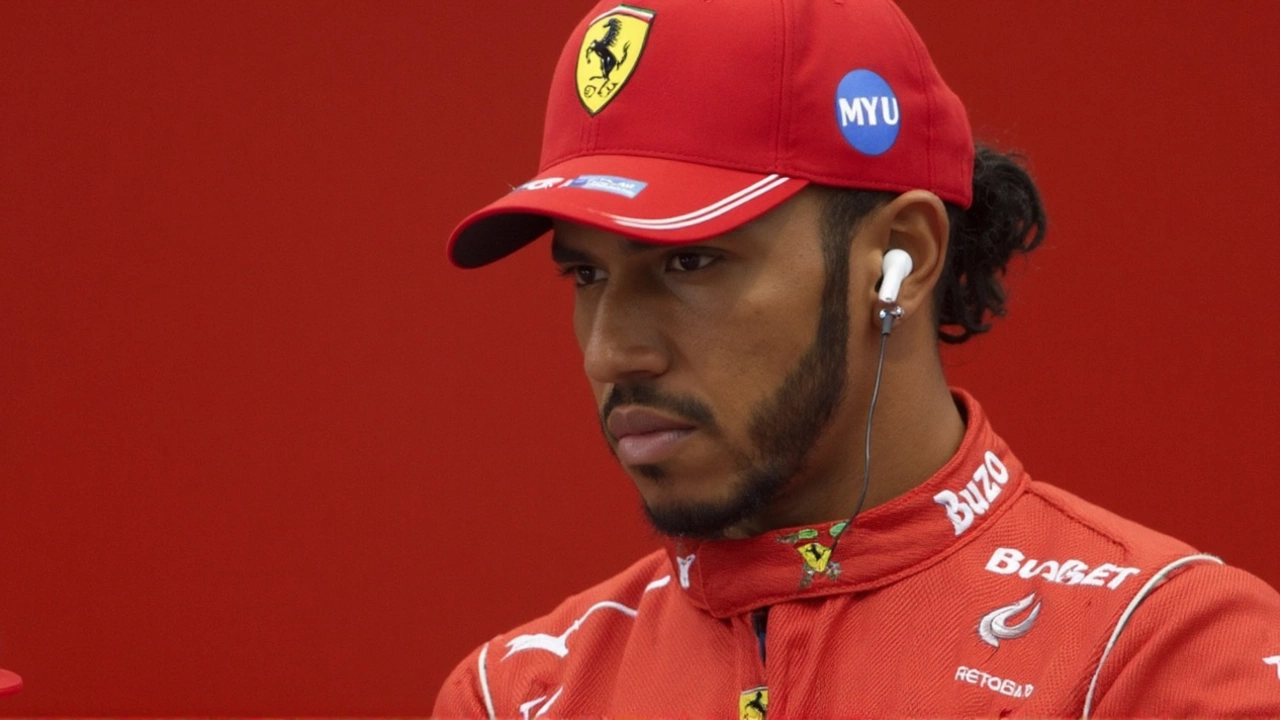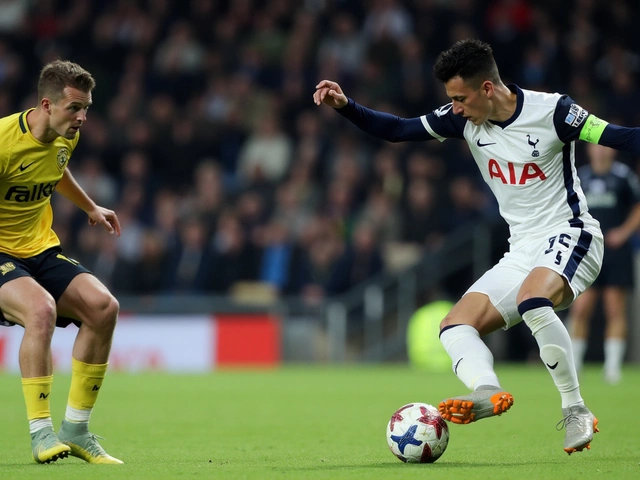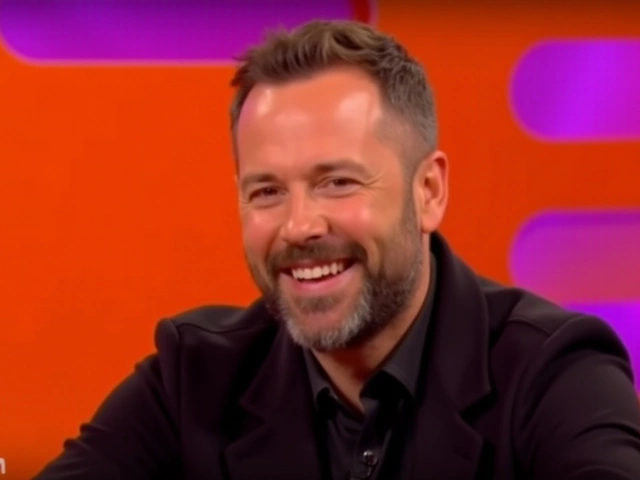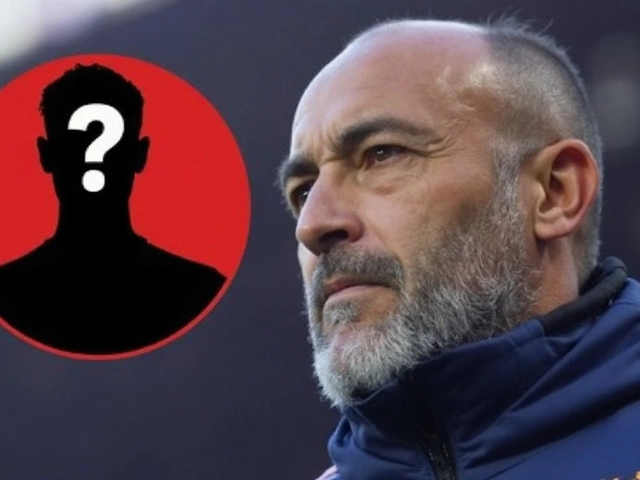Grid Penalty Explained – What It Means for Every Race Fan
If you watch any racing series, you’ll sometimes see a driver start further back than they earned in qualifying. That’s a grid penalty. In simple terms, it’s a punishment that moves a driver back on the starting grid. The goal is to keep the sport fair and to punish rule‑breakers without throwing them out of the race.
How Grid Penalties Are Issued
Penalties can come from many sources. The most common are technical infractions, like exceeding engine component limits or using illegal parts. Teams can also get penalties for dangerous driving in practice or qualifying, such as ignoring yellow flags. When the stewards decide a penalty is needed, they choose how many places to drop the driver. The number can be one, three, five, or even ten spots, depending on how serious the breach was.
Sometimes the penalty is a time addition rather than a place drop. In that case, the driver’s qualifying time is increased, which automatically pushes them down the order. The rulebook for each series explains the exact triggers, but the basic idea stays the same: break a rule, lose grid spots.
Famous Grid Penalties in Recent Seasons
Fans love drama, and grid penalties deliver it. In 2023, a top Formula 1 driver got a five‑place grid drop for using a third power unit element beyond the allowed limit. The penalty forced him to start mid‑pack, and he struggled to fight back to the podium. In another case, a driver in IndyCar was penalized three spots for speeding in the pit lane during qualifying, which meant a tough opening lap.
These stories show why penalties matter. Starting farther back means you have to overtake more cars, risk more incidents, and manage tire wear differently. It can change the whole strategy for the team and the driver.
For casual fans, the impact is easy to see. A driver who qualified second but receives a ten‑place penalty will now start twelfth. That’s a huge jump, and it often decides whether they finish in the points or not.
Aside from the big names, grid penalties also affect up‑and‑coming drivers. A rookie losing a few spots might miss a chance to impress teams and sponsors. So every penalty, big or small, ripples through the whole paddock.
Understanding grid penalties helps you follow race weekends better. When you see a driver start lower than expected, you’ll know the story behind it and can appreciate the extra effort they put in to fight back. The next time you watch a race, keep an eye on the stewards’ decisions – they’re part of what makes motorsport unpredictable and exciting.

Lewis Hamilton clawed his way from a 20-place grid penalty and poor Ferrari qualifying to finish fourth at the Imola Grand Prix, impressing fans and raising hopes for technical improvements. Verstappen clinched victory, while Leclerc and Tsunoda faced tough weekends. Valentino Rossi also drew attention with a rare F1 appearance.
Continue Reading





